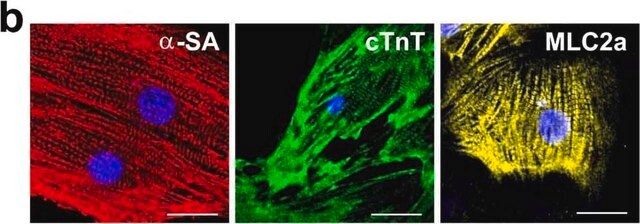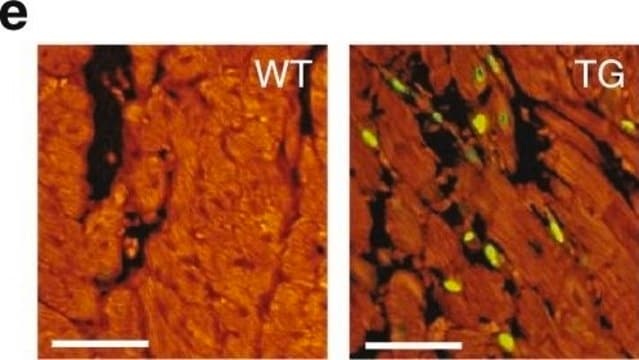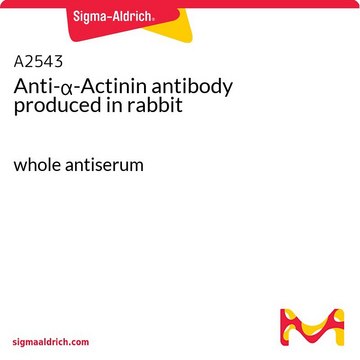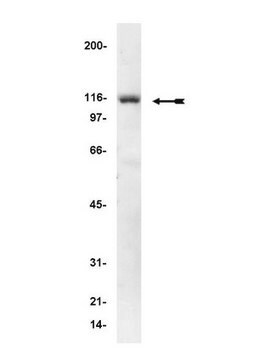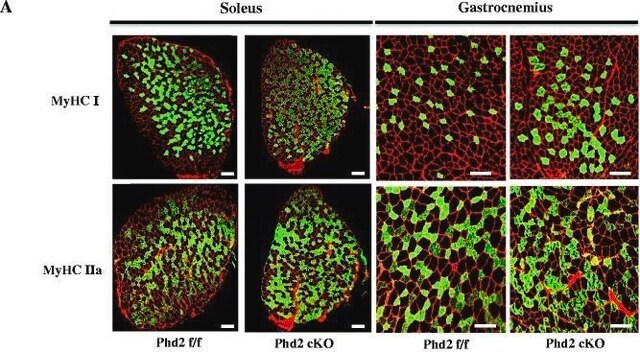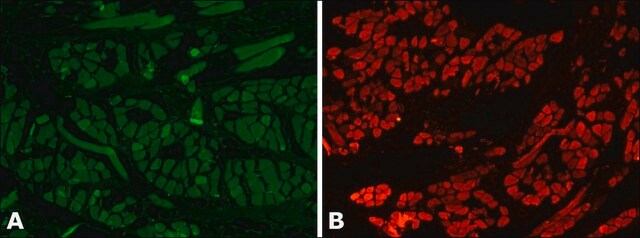A5044
Monoclonal Anti-α-Actinin antibody produced in mouse
clone BM-75.2, ascites fluid
Synonym(s):
Anti-BDPLT15
About This Item
Recommended Products
biological source
mouse
Quality Level
conjugate
unconjugated
antibody form
ascites fluid
antibody product type
primary antibodies
clone
BM-75.2, monoclonal
mol wt
antigen 100 kDa
contains
15 mM sodium azide
species reactivity
mouse, bovine, human, chicken
technique(s)
indirect immunofluorescence: 1:200 using cultured chicken fibroblasts
microarray: suitable
western blot: suitable
isotype
IgM
UniProt accession no.
shipped in
dry ice
storage temp.
−20°C
target post-translational modification
unmodified
Gene Information
human ... ACTN1(87)
mouse ... Actn1(109711)
Related Categories
General description
Immunogen
Application
Biochem/physiol Actions
Disclaimer
Not finding the right product?
Try our Product Selector Tool.
Storage Class Code
10 - Combustible liquids
WGK
nwg
Flash Point(F)
Not applicable
Flash Point(C)
Not applicable
Choose from one of the most recent versions:
Already Own This Product?
Find documentation for the products that you have recently purchased in the Document Library.
Customers Also Viewed
Our team of scientists has experience in all areas of research including Life Science, Material Science, Chemical Synthesis, Chromatography, Analytical and many others.
Contact Technical Service
